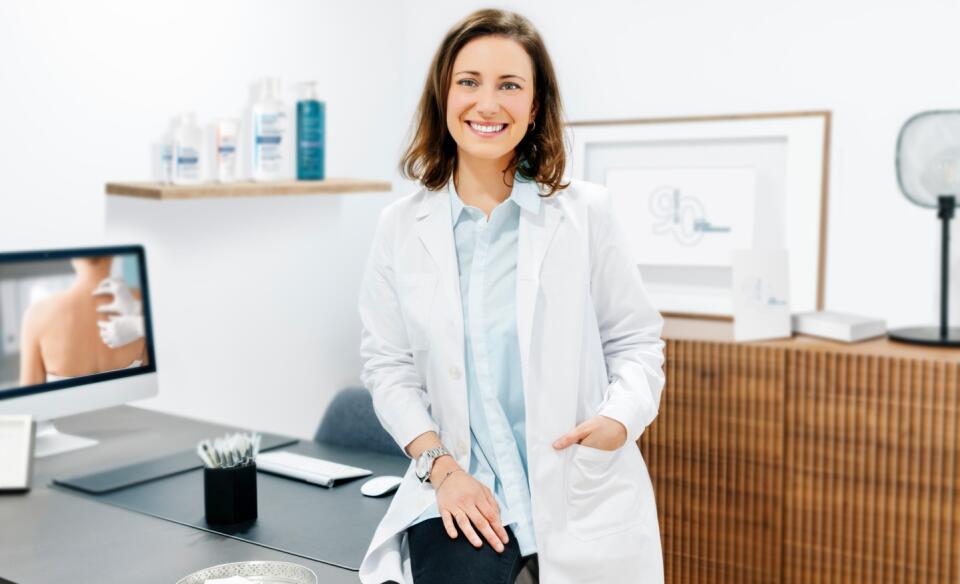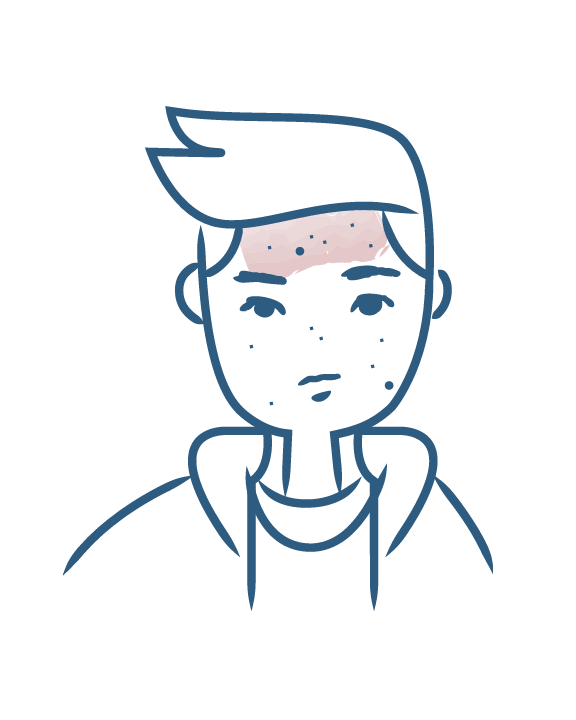-
Your concerns
Our articles to help you gain a better understanding
-
Our solutions
-
Ducray Dermatological laboratories
Our articles to help you gain a better understanding

When young people experience acne, this is known as juvenile acne. This is a skin condition that teens and pre-teens could most certainly do without!

Summary
Juvenile acne is the most common acne type. It is also known as teenage acne because it affects teens and pre-teens, usually from the age of 12 to about 20. N.B.: this does not mean that juvenile acne lasts 8 years! Some people develop acne very early on while others develop it later. It all depends on the start of puberty.
Juvenile acne is often referred to as polymorphic or mixed because different types of spots coexist: blackheads, whiteheads and red spots. The skin is often oily, and the pores are dilated.
Juvenile acne is linked to puberty and the production of sex hormones including androgens. These male hormones are also present in girls and stimulate the sebaceous glands that produce sebum.
Juvenile acne affects approximately 80% of teens and pre-teens. Having spots during adolescence is perfectly normal, it’s a stage most people have to go through. But acne spots shouldn't stop you from living life to the full and being happy!
Acne is common in both teenage girls and teenage boys, although boys are affected later (around the age of 14) and sometimes more severely.
Juvenile acne affects all types of teenagers: those with or without a family history of acne, with or without neonatal acne, and with fair, dark or mixed skin.
Juvenile acne treatment is now well established and is largely determined by damage severity. Whatever the treatment, whether cutaneous or oral, patients must be rigorous if they want to get the right results. Playing their favorite song when they need to apply their treatment might be a good way to motivate them!
Oily or acne-prone skin

Oily or acne-prone skin
NEWSLETTER
Dermatological expertise
To better understand your skin and hair, discover our exclusive content and innovative care products designed to improve your quality of life..